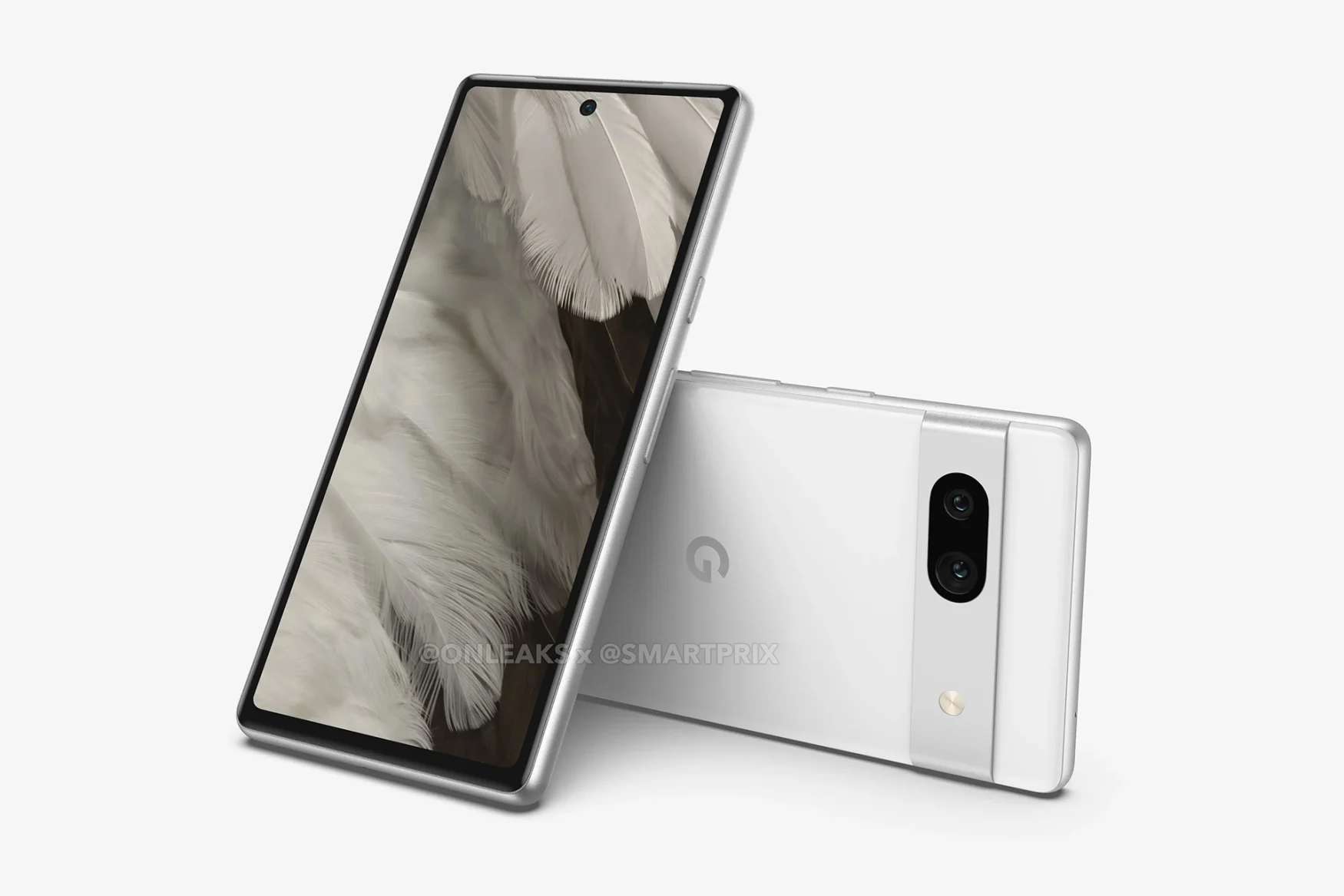Google now routinely uses its I/O developer conference to launch or preview a flurry of new hardware, and that’s likely to be true for 2023. Company chief Sundar Pichai even teased news about Pixel devices during an earnings call in April, along with the requisite “exciting new developments” for Android. Just what can you expect when Pichai and others take the stage on May 10th, however? From all indications, it may be one of the busiest events yet.
Pixel Fold
After years of offering support for foldable phones, Google will unveil one of its own at I/O. The company has confirmed it will introduce a Pixel Fold that, similar to Samsung’s Galaxy Z Fold series, unfolds like a book. Rumors suggest it will have a 5.8-inch 120Hz external screen for quick interactions, and a 7.6-inch 120Hz internal display when you want more visual real estate. It has thicker bezels than the Z Fold, but it’s supposed to feature a durable, almost-gapless hinge and a battery that lasts 24 hours in normal use.
Unlike past Pixels, the Fold might not offer tremendous value for the money. The foldable is reportedly shipping in June for around $1,700, and it may come with the Pixel 7’s Tensor G2 chip using 12GB of RAM. Camera rumors also suggest varying levels of quality. CNBC hears the Fold could have old cameras that predate the Pixel 6, while Front Page Tech and 91Mobiles, respectively, believe it will jump to a 48MP or 64MP main sensor. Regardless of the exact specs, you’re really buying the Fold for the software — including a ‘clean’ take on Android foldables and AI-driven features like Clear Calling.
Pixel 7a
Photo by OnLeaks/Smartprix
Don’t worry if the Pixel Fold turns out to be well beyond your budget. Google is rumored to be launching the Pixel 7a at I/O, and it could address some of the shortcomings of the 6a. While the design that surfaced in Zing News’ hands-on photos isn’t wildly different from its predecessor, it might include a faster 90Hz display, wireless charging and a 64-megapixel main camera. Add a possible Tensor G2 chip with 8GB of RAM and you might not be in any rush to get a pricier phone, especially if you prefer a 6-inch screen over the Pixel 7’s larger panel.
Unfortunately, all those additions might come at a cost. Google reportedly plans to begin taking orders for the Pixel 7a on May 10th at a price of $499, or $50 higher than the 6a. If true, the A-series is now focused more on relative performance, rather than pricing first and foremost (as with the $350 Pixel 4a). Think of it as an alternative to the Galaxy A54 that trades screen size for a few creature comforts.
Pixel Tablet
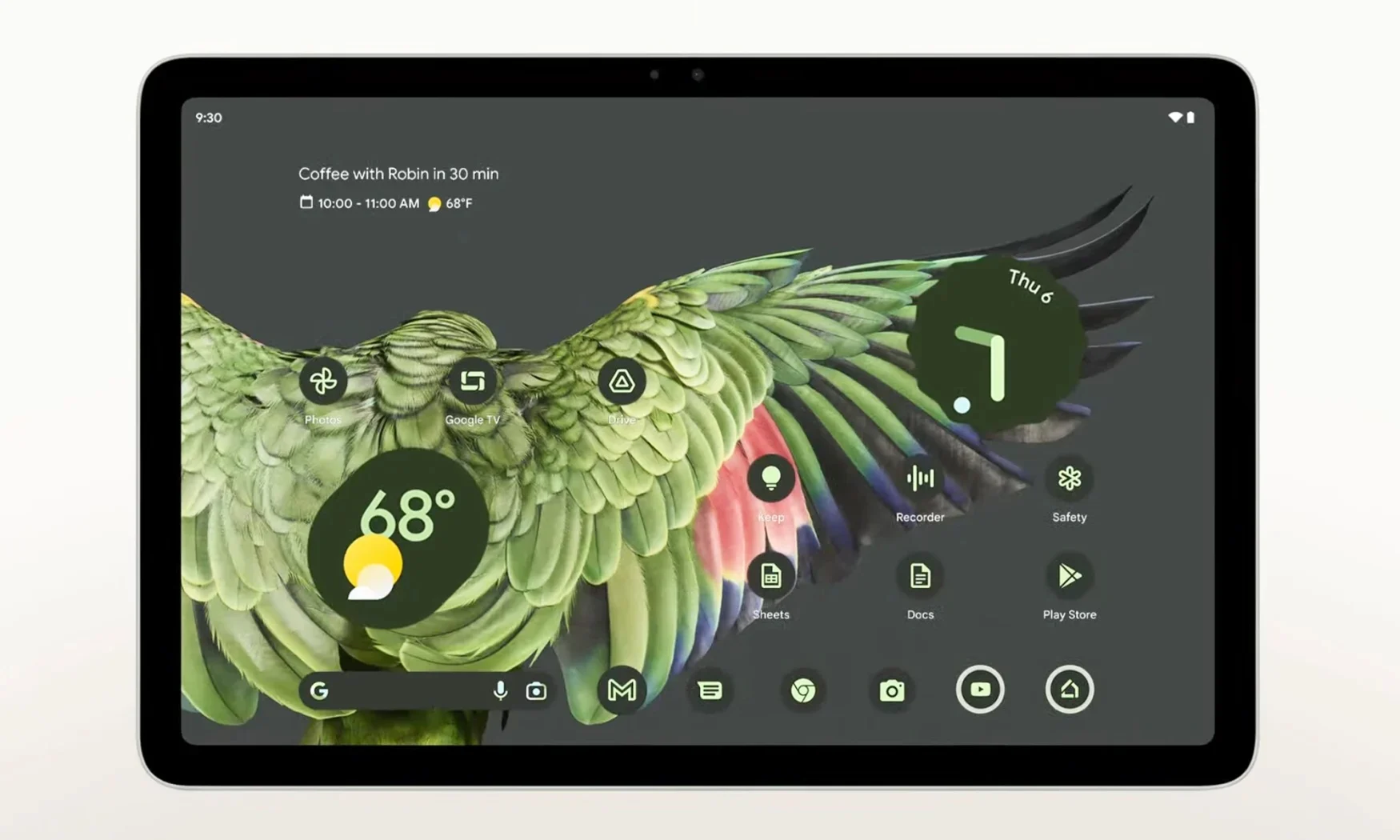
Google previewed the Pixel Tablet at last year’s I/O and again in the fall, so there’s a real chance the Android slate will finally launch this time around. There’s not much mystery left at this point; outside of pricing and exact specs, the company has shared most of what you’ll get.
If you need a primer, the Pixel Tablet is really two devices in one. You can use it handheld, but it also doubles as a smart display thanks to a speaker dock. It can stay in your kitchen while you’re cooking, but come to the living room when you’re ready to unwind. It uses the same Tensor G2 chip as the Pixel 7, and offers a unique nano-ceramic finish that promises to be grippy while feeling premium.
Leaks suggest this Pixel is a mid-sized 11-inch tablet with 8GB of RAM, and may start at €600 (about $660) in Europe with 128GB of storage and an included dock. That could translate to $600 in the US. It might not blow away the Galaxy Tab S8 or iPad Air in terms of raw power, but you could ultimately save money if you were already planning to get a smart display like the Nest Hub.
Android 14
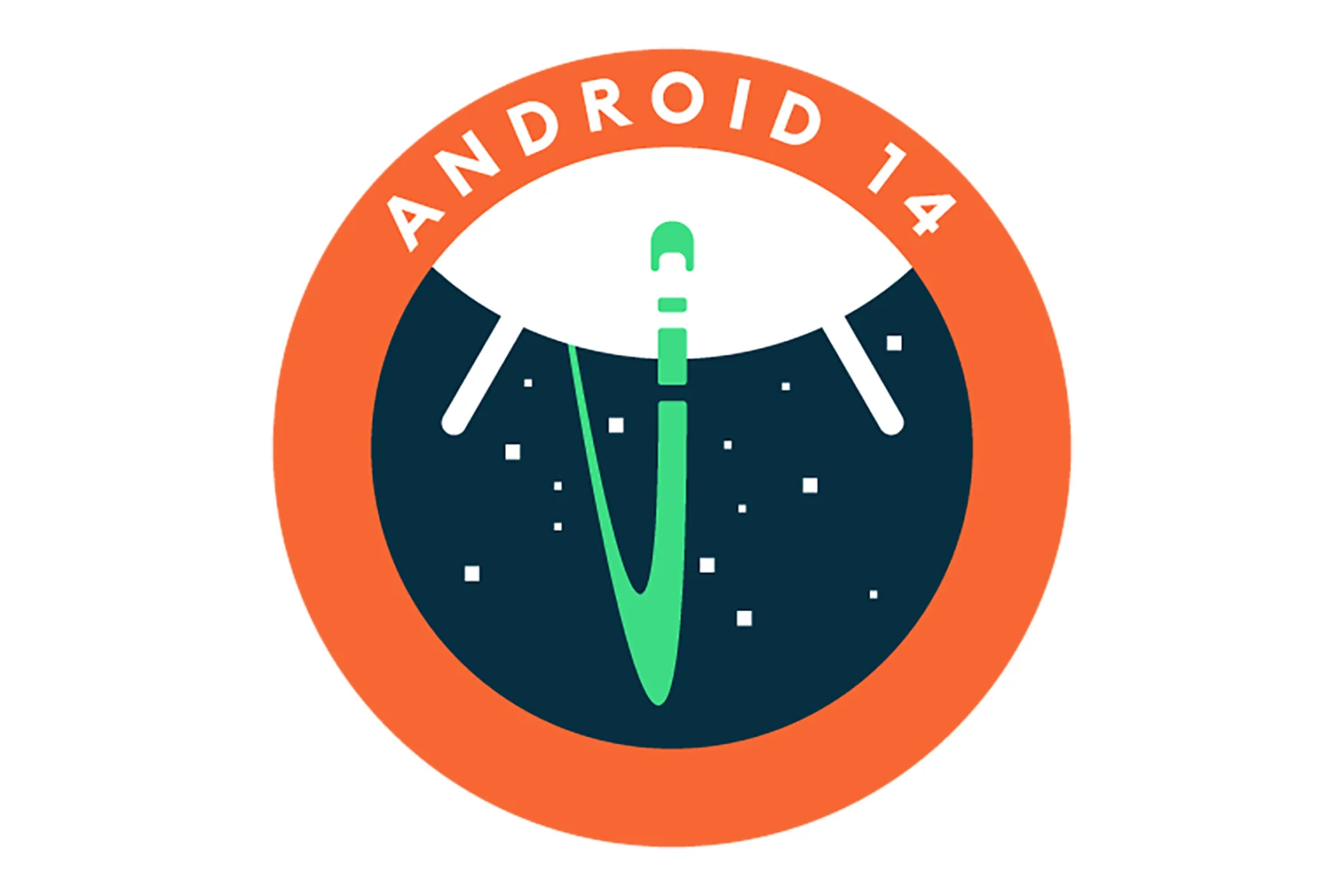
If there’s anything certain about I/O 2023, it’s the formal debut for Android 14. Test versions have been available since February, and Google plans to release the finished operating system in late summer. If there’s any prime moment to share more, this is it.
The confirmed features to date are modest additions like improved accessibility, stronger app security, longer battery life and custom sharing features. There haven’t been any major upgrades so far, but that’s not surprising. Android developer previews and early betas are usually meant to help creators prepare their apps — it’s not until I/O that Google typically shares interface changes or other significant public-facing improvements.
There are a few hints of extra changes thanks to sleuthing by Esper’s Mishaal Rahman. Health Connect, the hub for data from fitness apps, may come with Android 14. A previously optional predictive back gesture, which shows where you’ll go when you swipe, might be standard. Neither of these are earth-shaking, but they imply that Google is making numerous small refinements on top of any more noticeable changes.
Pixel 8 preview
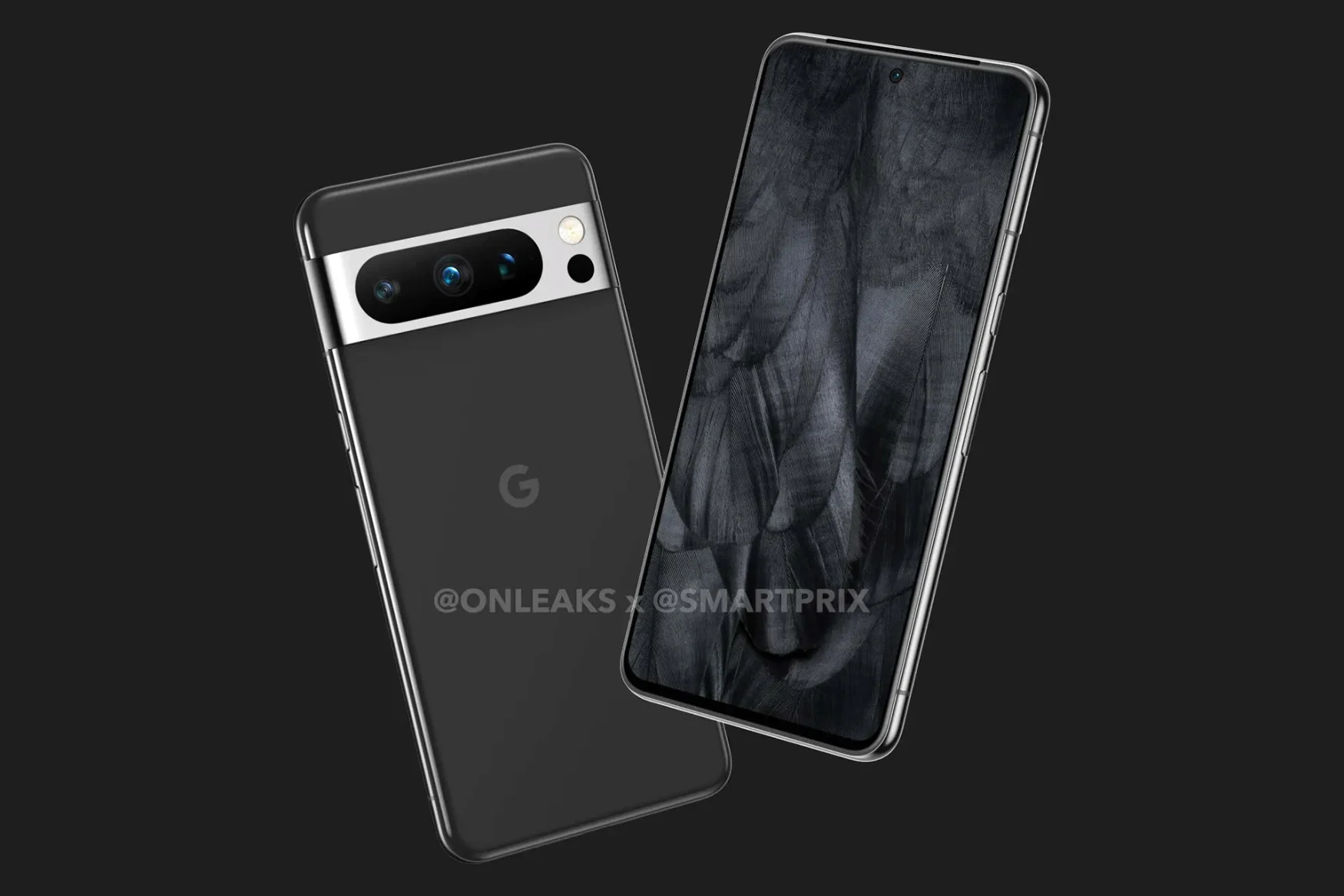
Photo by OnLeaks/Smartprix
Google used I/O 2022 to offer a brief glimpse of the Pixel 7. While there’s no guarantee of a repeat, we wouldn’t be surprised if there’s a Pixel 8 preview at the 2023 gathering. Provided OnLeaks renders are true to the finished product, this will be a subtle evolution with more rounded corners and a slightly different camera cutout.
After that, details are murky. WinFuture claims the Pixel 8 series will use a next-generation Tensor chip (presumably the Tensor G3) with 8GB of RAM in the standard model and 12GB in the Pro. The camera array might not change much, but code indicates Google could bring its unblur tool to videos for the first time.
If there is a Pixel 8 preview, you’ll probably be waiting a while to get a device in your hands. Google usually waits until the fall to deliver flagship Pixel phones, and we expect that to be the case here. You may not have to wait as long to hear more, though. Given Google’s historically poor track record for preventing leaks, there could be a flurry of scoops in the next few months.
Wildcards: Pixel Watch 2 and experimental tech
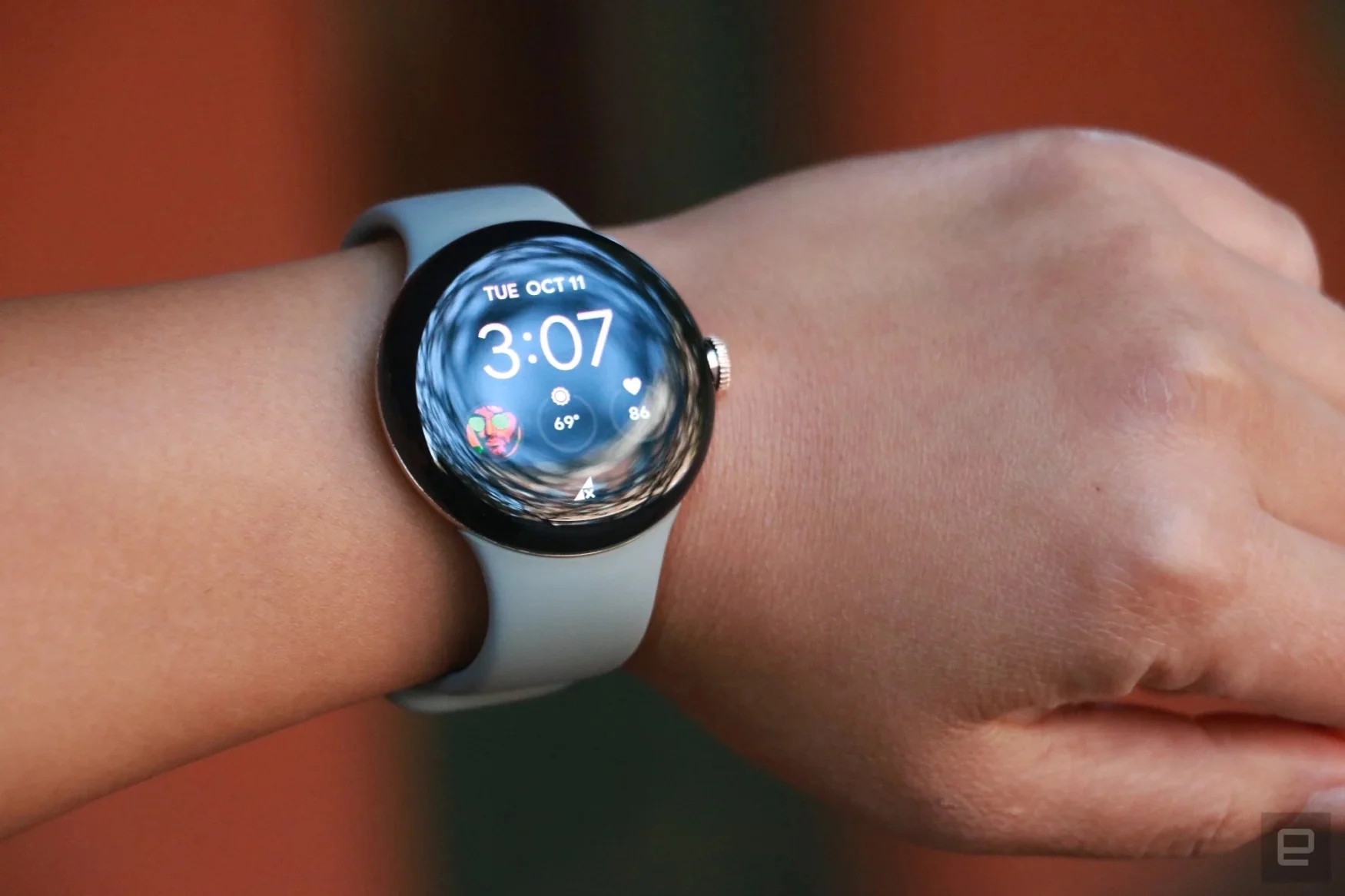
Photo by Cherlynn Low/Engadget
It seemingly wouldn’t be I/O without a seemingly leftfield hardware announcement. Google teased next-generation augmented reality glasses in 2022, for instance. As such, we can’t rule out surprises this year.
A sequel to the Pixel Watch is one option. Google hasn’t said how often it will refresh its first in-house smartwatch, but the current model has ample room for improvement. There’s only one case size, and the circa-2018 Samsung Exynos processor does no favors to the battery life or performance. There aren’t any substantive leaks as of this writing, though, so we wouldn’t bet on a preview.
The more plausible possibility is an update on those previously mentioned AR glasses. Google only showed a rough prototype last time and could easily have more to say if work has progressed well in the months since. That’s a big “if,” mind you. Even Meta isn’t believed to be releasing its first true AR eyewear until 2027, and there’s no certainty Google has solved technical challenges following initial field tests. If the glasses appear, they may only be slightly further along.
Don’t be surprised if there are genuine surprises, too. Google caught more than a few people off guard with its pandemic-friendly Project Starline video chat booth at I/O 2021, and the decision to preview the Pixel Tablet a year early was more than a little unusual. This is a tech giant that isn’t afraid to tease devices long before they’re viable.
Follow all of the news from Google I/O 2023 right here.
All products recommended by Engadget are selected by our editorial team, independent of our parent company. Some of our stories include affiliate links. If you buy something through one of these links, we may earn an affiliate commission. All prices are correct at the time of publishing.
Credit: Source link



